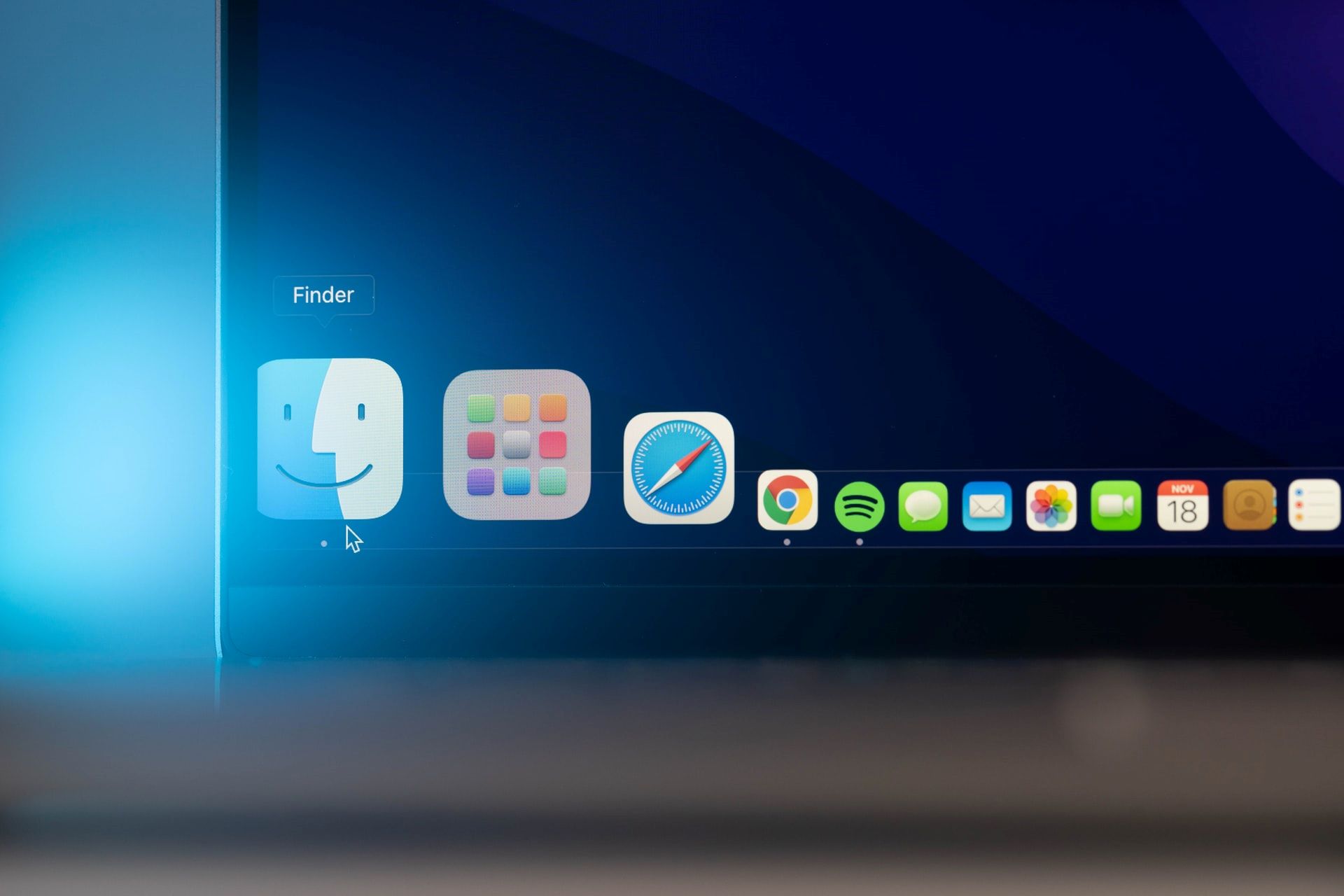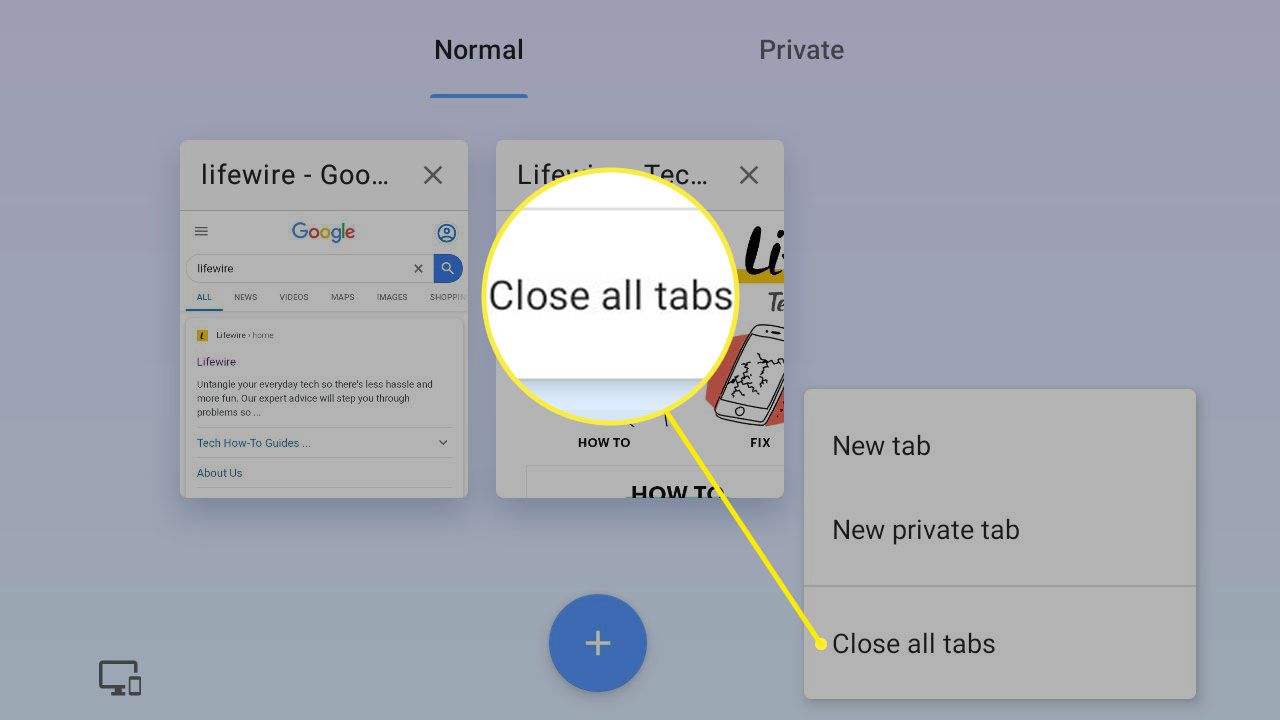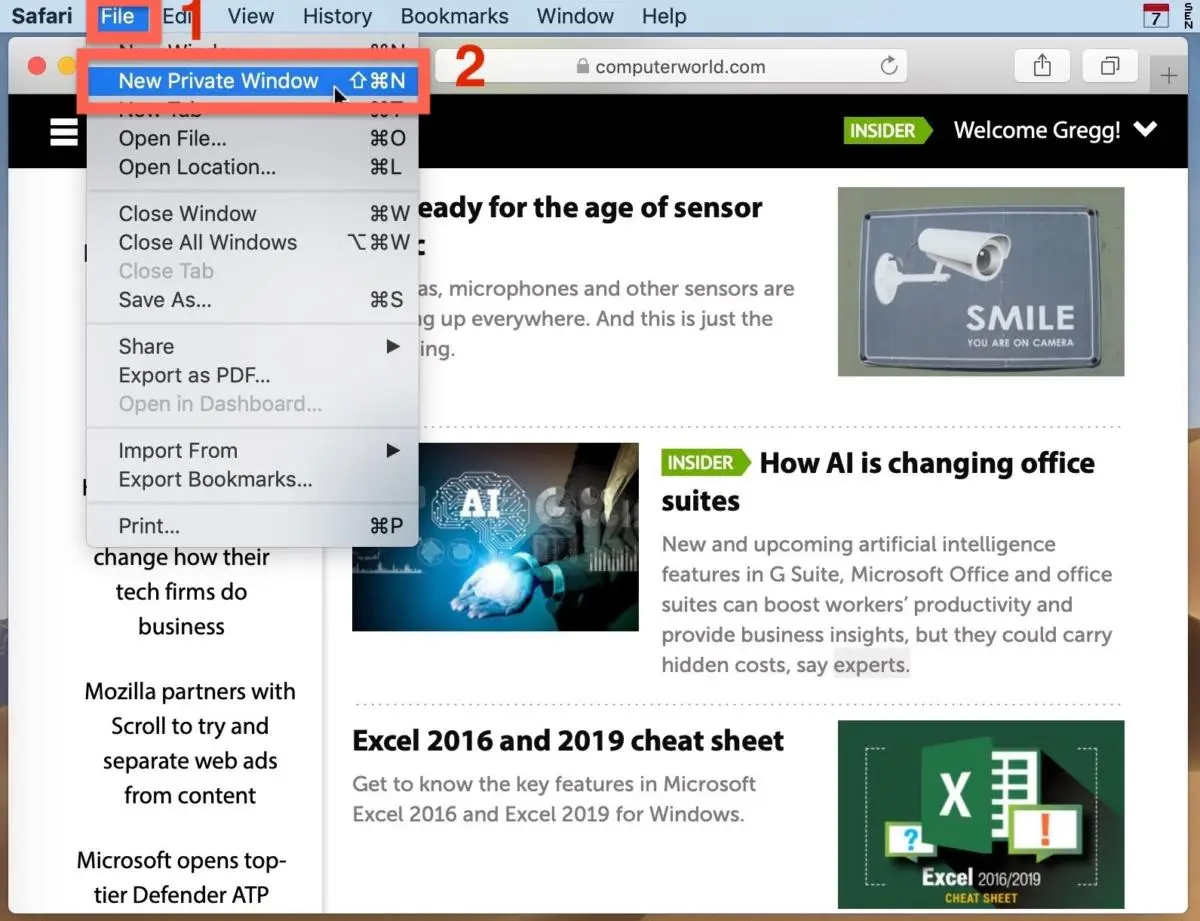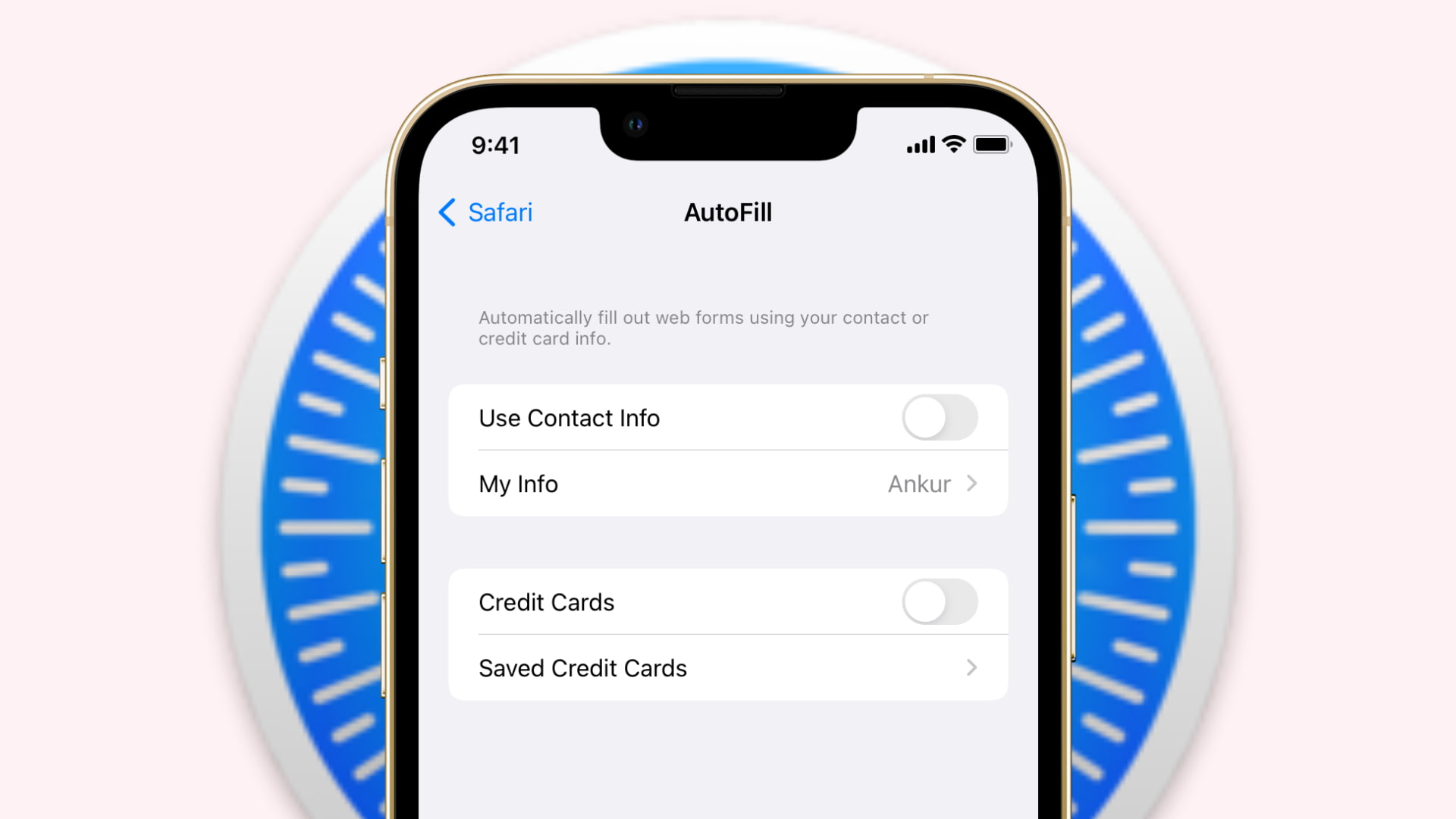Introduction
When browsing the web on your iPad, it's easy to find yourself with multiple Safari windows open, especially if you're a multitasker or tend to get lost in the endless sea of tabs. While having multiple windows open can be convenient for comparison or reference, it can also lead to clutter and confusion. If you've ever found yourself wondering how to close those extra Safari windows on your iPad, you're in the right place.
In this guide, we'll explore two simple and effective methods to close those pesky extra Safari windows on your iPad. Whether you prefer a quick swipe or a more visual approach, we've got you covered. By the end of this article, you'll be equipped with the knowledge to streamline your browsing experience and keep your Safari tabs tidy and organized.
Let's dive into the step-by-step methods that will empower you to regain control of your Safari browsing sessions. Whether you're a tech-savvy individual or someone who's just getting started with their iPad, these methods are designed to be user-friendly and accessible to all. So, without further ado, let's embark on this journey to decluttering your Safari browsing experience on your iPad.
Method 1: Using the Tab View
When it comes to managing multiple Safari windows on your iPad, using the Tab View is a convenient and intuitive method. This approach allows you to visualize all open tabs at a glance, making it easier to identify and close the extra windows. Here's how you can utilize the Tab View to streamline your browsing experience:
-
Accessing Tab View: To begin, open Safari on your iPad and ensure that you have multiple windows open. Next, tap the square icon located in the upper-right corner of the Safari interface. This action will reveal the Tab View, displaying miniature versions of each open window.
-
Identifying Extra Windows: Once in Tab View, take a moment to review the miniature previews of your open tabs. Look for the additional windows that you wish to close. You can swipe left or right to navigate through the tabs and identify the ones you want to remove.
-
Closing Unwanted Windows: After identifying the extra windows, it's time to close them. To do this, simply tap the "X" icon located in the upper-left corner of the miniature preview of the window you want to close. This action will promptly remove the selected window from your Safari session.
-
Confirmation and Organization: As you close each window, take a moment to ensure that you've retained the tabs you need. Once you've closed the extra windows, you can exit Tab View by tapping the "Done" button in the upper-right corner. This will return you to the standard Safari interface, now with a more streamlined tab management system.
Utilizing the Tab View to close extra Safari windows on your iPad offers a visual and straightforward approach to decluttering your browsing experience. By following these steps, you can efficiently identify and close unwanted windows, leaving you with a more organized and focused browsing environment. Whether you're a casual iPad user or a seasoned tech enthusiast, mastering the Tab View method can significantly enhance your Safari browsing sessions.
Method 2: Using the App Switcher
Another effective method for managing and closing extra Safari windows on your iPad involves utilizing the App Switcher. This approach provides a more visual and tactile way to navigate through your open Safari windows, making it ideal for those who prefer a hands-on approach to tab management. Here's a detailed walkthrough of how you can leverage the App Switcher to streamline your Safari browsing experience:
-
Accessing the App Switcher: To begin, ensure that you have multiple Safari windows open on your iPad. Next, initiate the App Switcher by swiping up from the bottom of the screen and pausing in the middle of the display. This action will reveal a card-like interface displaying all open apps, including your Safari windows.
-
Navigating Through Safari Windows: Within the App Switcher, locate the Safari windows by swiping left or right through the app cards. As you navigate through the cards, each window's content will be displayed, allowing you to visually identify the extra windows that you want to close.
-
Closing Unwanted Safari Windows: Once you've identified the additional Safari windows you wish to close, simply swipe up on the respective window's card. This gesture will swiftly remove the selected window from your Safari session, effectively closing it.
-
Confirmation and Streamlined Browsing: After closing the extra windows, take a moment to ensure that you've retained the tabs you need. With the unwanted windows removed, you can exit the App Switcher by tapping anywhere outside the app cards or by swiping down from the top of the screen. This will return you to the home screen, signaling the successful decluttering of your Safari browsing experience.
Utilizing the App Switcher to manage and close extra Safari windows on your iPad offers a tactile and visually engaging approach to tab management. By following these steps, you can efficiently navigate through your open Safari windows and seamlessly close the ones you no longer need. Whether you're a hands-on iPad user or someone who appreciates a more visual method of tab organization, mastering the App Switcher approach can significantly enhance your Safari browsing sessions.
By incorporating the App Switcher method into your tab management repertoire, you can effectively declutter your Safari browsing experience and maintain a more organized and focused environment for your web exploration on your iPad.
Conclusion
In conclusion, managing and closing extra Safari windows on your iPad is a simple yet impactful task that can significantly enhance your browsing experience. By leveraging the Tab View and App Switcher methods, you can effectively declutter your Safari sessions, streamline your tab management, and maintain a more organized and focused browsing environment.
Both the Tab View and App Switcher methods offer distinct advantages, catering to different preferences and browsing styles. The Tab View provides a visual and straightforward approach, allowing users to identify and close extra windows with ease. On the other hand, the App Switcher offers a tactile and visually engaging method, enabling users to navigate through open Safari windows and swiftly close the ones they no longer need.
Regardless of which method you choose to employ, the ultimate goal remains the same: to streamline your browsing experience and maintain a tidy tab management system. By incorporating these methods into your iPad browsing routine, you can regain control over your Safari windows, reduce clutter, and ensure that your open tabs align with your current browsing needs and interests.
Furthermore, mastering these tab management techniques can lead to increased productivity and efficiency, as you'll spend less time sifting through unnecessary windows and more time engaging with the content that matters most to you. Whether you're a casual user who enjoys seamless browsing or a multitasker who values an organized digital workspace, these methods empower you to tailor your Safari experience to suit your preferences and habits.
As technology continues to evolve, the ability to efficiently manage and organize digital content becomes increasingly valuable. With the knowledge and skills acquired from this guide, you are well-equipped to navigate the ever-expanding landscape of web browsing on your iPad, ensuring that your Safari sessions remain focused, efficient, and tailored to your individual needs.
In essence, by embracing these tab management methods, you are not only decluttering your Safari browsing experience but also taking a proactive step towards optimizing your digital workflow and enhancing your overall enjoyment of the web exploration journey on your iPad.

























